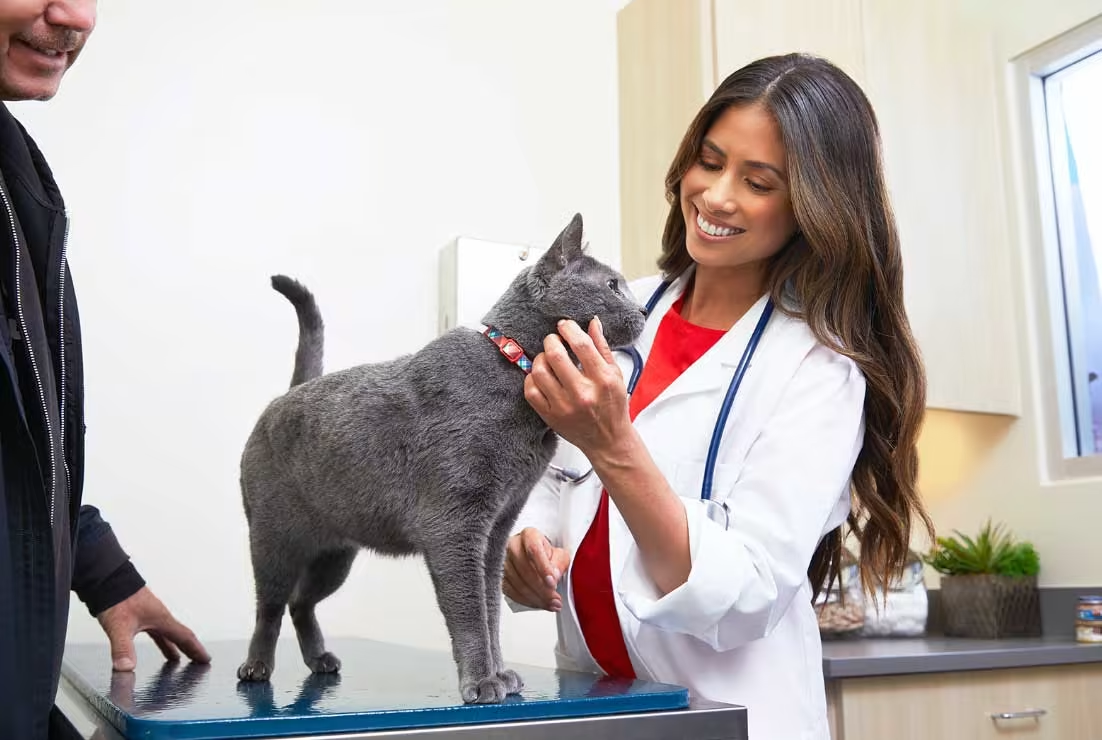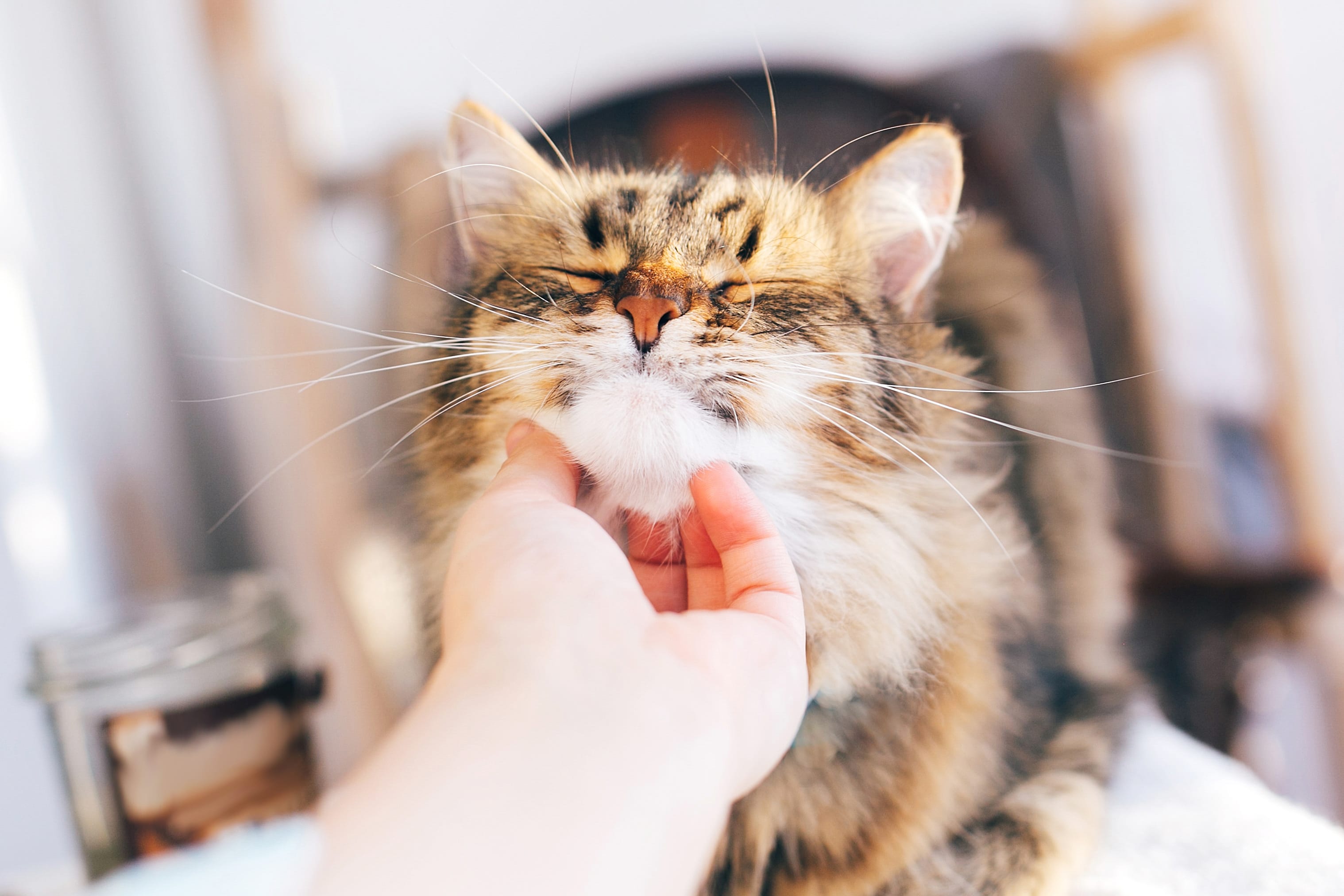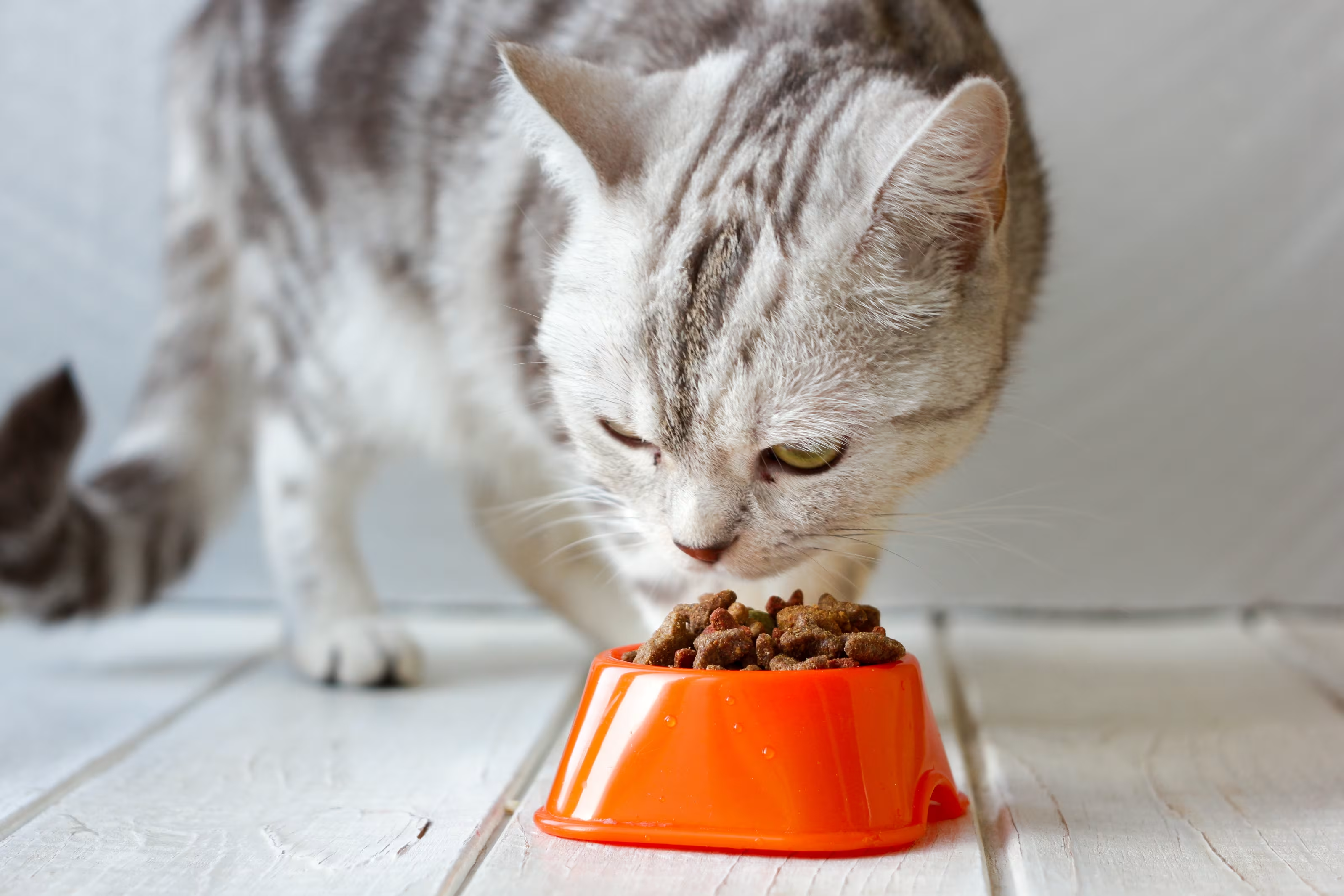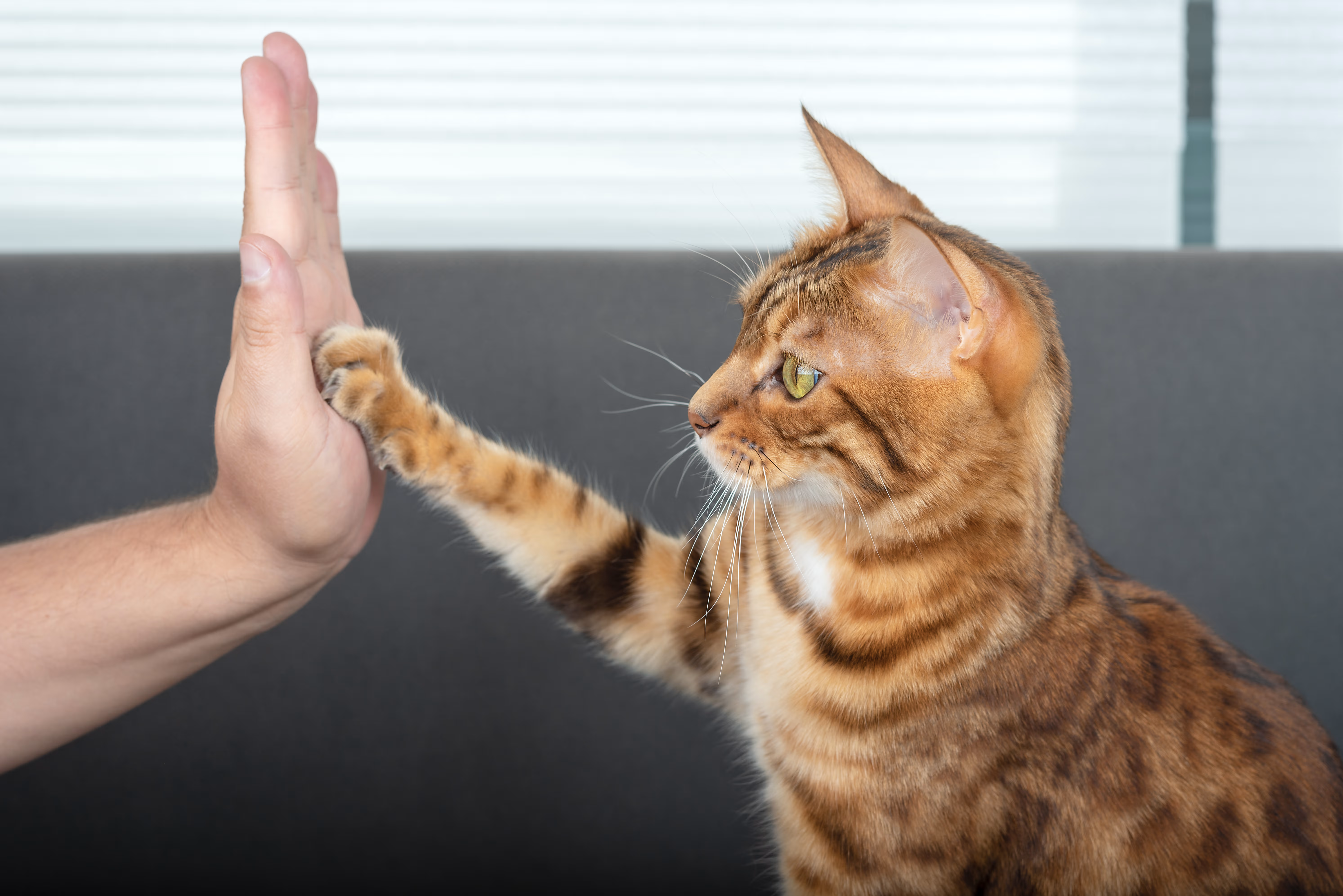Amitriptyline
Related Searches
Frequently Asked Questions
Amitriptyline is a prescription used in dogs and cats for the treatment of behavior problems, especially anxiety disorders. Amitriptyline treats separation anxiety in dogs and is also used to treat excessive-compulsive grooming behaviors, urine spraying and anxiety disorders in cats.
Amitriptyline is for dogs and cats.
-
Prescription behavior modification medication for cats and dogs
-
Helps to relieve behavior problems associated with anxiety
-
Amitriptyline tablets are available in multiple prescription strengths
Amitriptyline treats anxiety disorders, such as separation anxiety in dogs. It is also used to treat excessive-compulsive grooming behaviors, urine spraying and anxiety disorders in cats. Amitriptyline is a prescription antidepressant that may also be prescribed as an adjunct to other treatments for excessive scratching or other self-destructive behaviors.
Behavior modification medications are used to help treat behavior problems in pets. In almost all cases, the drug alone will not be sufficient and specific training techniques will need to be used. In some cases, your veterinarian may determine that the medication can be stopped when the behavior improves.
Amitriptyline is a tricyclic antidepressant prescribed to treat certain pet anxiety disorders. Tricyclic antidepressants (TCA) work in the brain by changing the normal function of the chemicals serotonin and norepinephrine, which help communication between nerves. Use Amitriptyline in conjunction with behavior modification exercises for the most effective approach to treat anxiety and other pet behavior disorders.
This is a generic medication.
Amitriptyline tablets are given by mouth. Always follow the dosage instructions provided by your veterinarian. If you have difficulty giving the medication, contact your veterinarian.
Do not suddenly stop giving the medication unless advised by your veterinarian.
This medication should only be given to the pet for whom it was prescribed.
Amitriptyline, by itself, may not cure a behavior problem, but will help manage the symptoms. It should be used in combination with techniques to try to change the unwanted behavior. It generally takes several weeks to reach an effective level in the body.
Tablets.
Amitriptyline
Amitriptyline should be used in conjunction with techniques to try to change the unwanted behavior. Discuss, in detail, what behavior modification techniques will work on your pet. Also discuss how long the treatment period will be and what type of outcome is expected. You and your veterinarian should talk about any other treatment options that are recommended for your pet.
Tell your veterinarian if your pet has had seizures, or has diabetes, liver disease, thyroid disease, heart disease, glaucoma, "dry eye", or adrenal tumors. Also tell your veterinarian if your pet may be pregnant, is nursing, or if you intend to breed your pet.
Notify your veterinarian of any other medications or supplements your pet is taking, especially selegiline (Anipryl) or amitraz (Preventic tick collars or Mitaban), and if your pet has had any reactions to previous medications.
If you miss a dose, give it as soon as you remember. If it is almost time for the next dose, skip the one you missed and go back to the regular schedule. Do not give two doses at once.
To be most effective, Amitriptyline needs to be used in combination with behavior modification techniques.
Consult your veterinarian before using other medications or tick collars along with Amitriptyline.
Contact your veterinarian immediately if your pet has a seizure while taking Amitriptyline.
Do not use in animals hypersensitive (allergic) to tricyclic antidepressants. Use with extreme caution in animals with seizure disorders/epilepsy, diabetes mellitus, liver disease, or heart disease. Do not use in pregnant or lactating animals (female animals nursing their young) unless the benefits outweigh the risks. This medication should only be given to the pet for which it was prescribed.
Dogs: May see an increase in excitability or sedation; lack of appetite, vomiting, constipation, or diarrhea; increased appetite and weight gain; increased water consumption, caused by dry mouth; abnormal heart rhythms, which may cause weakness or collapse; bone marrow suppression with anemia, causing weakness and pale gums; or low platelets, causing an increased tendency to bruise or bleed.
Cats: May see drooling, sedation, urinary retention, loss of appetite, vomiting, constipation; increased appetite and weight gain; increased water consumption, caused by dry mouth; unkempt hair coat; incoordination, disorientation; abnormal heart rhythms, which may cause weakness or collapse; or low platelets, causing an increased tendency to bruise or bleed.
Store at room temperature in a tight, light-resistant, childproof container. Keep out of reach of children and pets.
If you know or suspect your pet has had an overdose, contact your veterinarian immediately. An overdose can be life-threatening.
Consult your veterinarian before using Amitriptyline with vitamins, supplements, ephedrine, monoamine oxidase inhibitors (MAOIs) such as selegiline (deprenyl, Anipryl) or amitraz (an ingredient in some tick collars, and in Mitaban, a treatment for mange), anticholinergic medications (atropine), central nervous system (CNS) depressants, or sympathomimetic agents like phenylpropanolamine (Proin, Cystolamine), methimazole, or other antithyroid drugs, or cimetidine, since interactions may occur.









